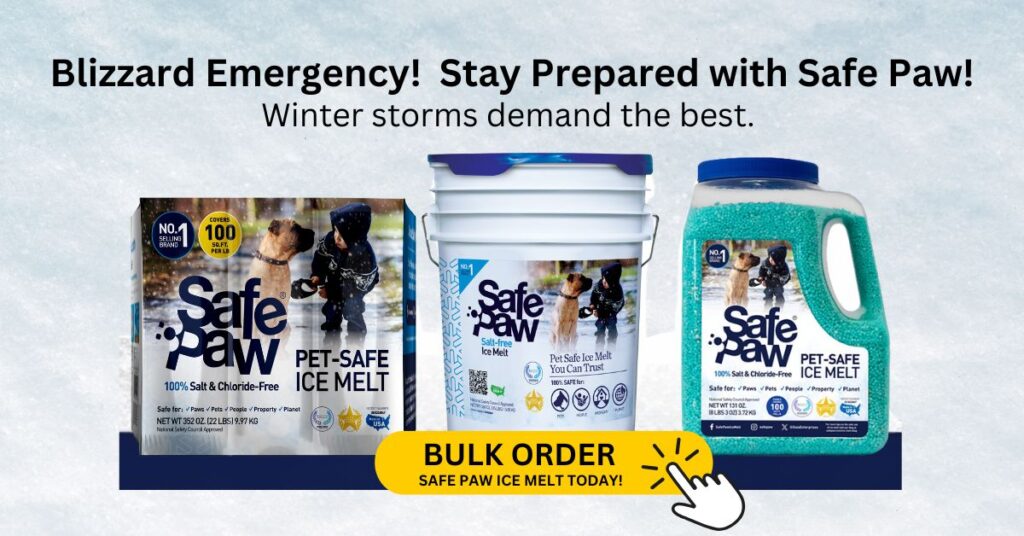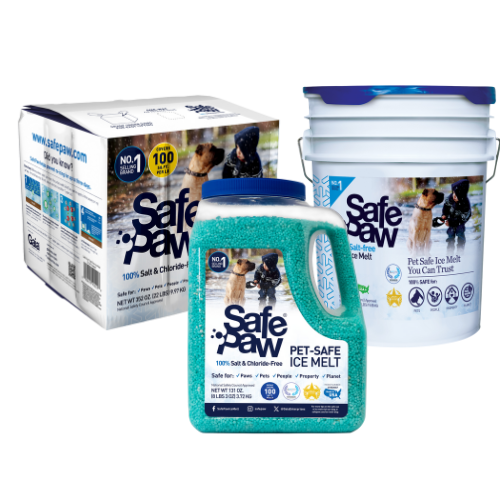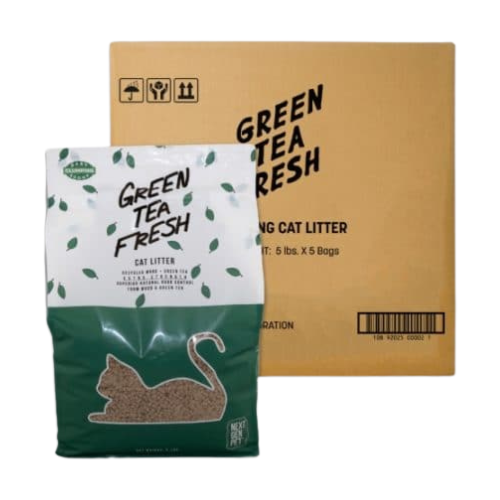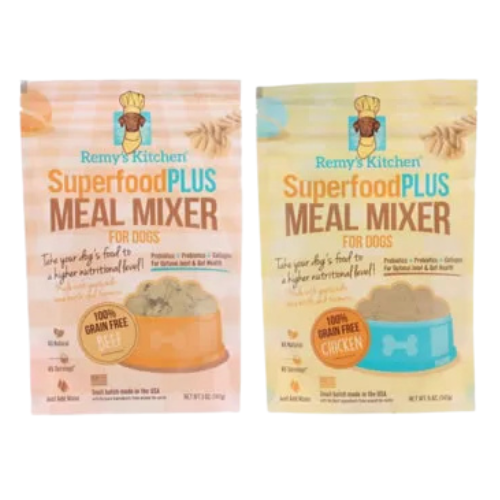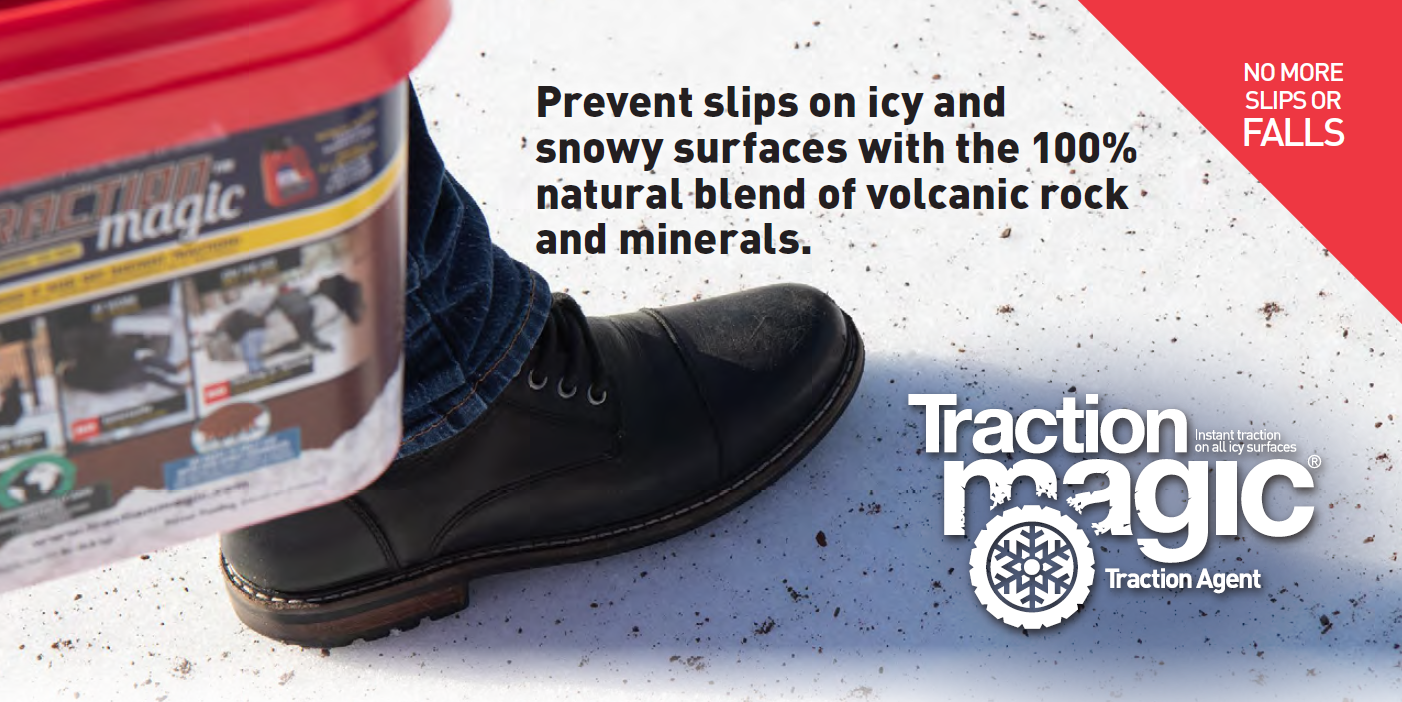Listicle: 8 Types Of Salt Used In Deicing And Their Environmental Impact

Winter’s picturesque landscape can quickly turn treacherous when the sidewalks and roads get coated with ice. Fear not, for it is then that our little mineral heroes, deicing salt types, come into play. Join me on this fascinating journey as we meet eight different types of salts used in deicing and discover their environmental impact. Let’s venture together into the frosty world of different salt types.
Meet Various Salt Types: An Introduction
Deicing – a task that seems mundane but carries a weight of paramount importance. Safety is a significant concern during the chilly season, and various types of salts rise to the occasion, banishing ice and preventing perilous conditions. Let’s explore these unsung heroes in more detail.
Concrete Safe Ice Melt
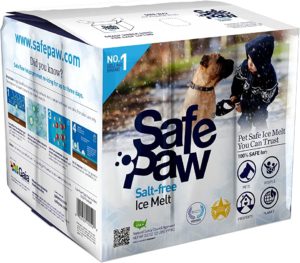
Pet Friendly Ice Melt – Safe Paw!
The Original and the #1 Child and Pet Safe Ice Melt for over 20 years. Guaranteed environmentally safe – will not harm waterways and sensitive wetlands.
Sodium Chloride (Rock Salt): The Popular Choice Salt Type
The first to greet us is sodium chloride, or more commonly known as rock salt. Ever-present and cost-effective, rock salt is the go-to option for melting ice. However, like an overzealous friend, too much rock salt can bring unwelcome consequences, including corrosion and damage to our lush green friends, the plants.
Pet Safe Ice Melt – Safe Paw
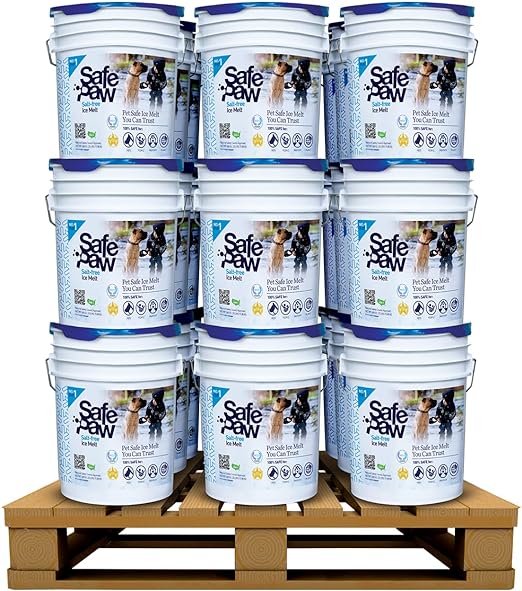
Safe Paw, Child Plant Dog Paw & Pet Safe Ice Melt -35lb, 36 Pails

Safe Paw, Child Plant Dog Paw & Pet Safe Ice Melt -22lb, 100Bboxes
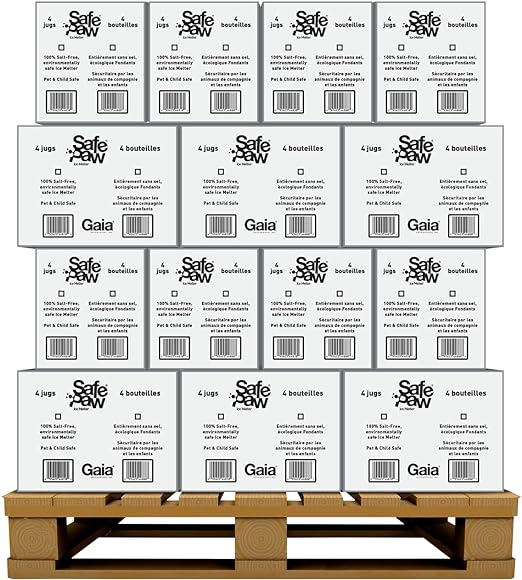
Safe Paw, Child Plant Dog Paw Pet Safe Ice Melt, 160 Jugs
Pet Products Powered By EzPz.pet
Calcium Chloride: The Cold-Weather Champion
Next up is calcium chloride, a hardy salt, undeterred by freezing temperatures. It’s an exceptional deicer, even in frosty conditions. But every coin has two sides; too much calcium chloride can be as caustic as an acid tongue, causing damage to infrastructure and aquatic ecosystems.
Magnesium Chloride: The Fast Actor Salt Type
Moving on, we meet magnesium chloride, known for its swift ice-melting abilities. Often seen paired with other salts to enhance their effectiveness, magnesium chloride still carries the potential to negatively impact our green neighbors and water bodies if overused.
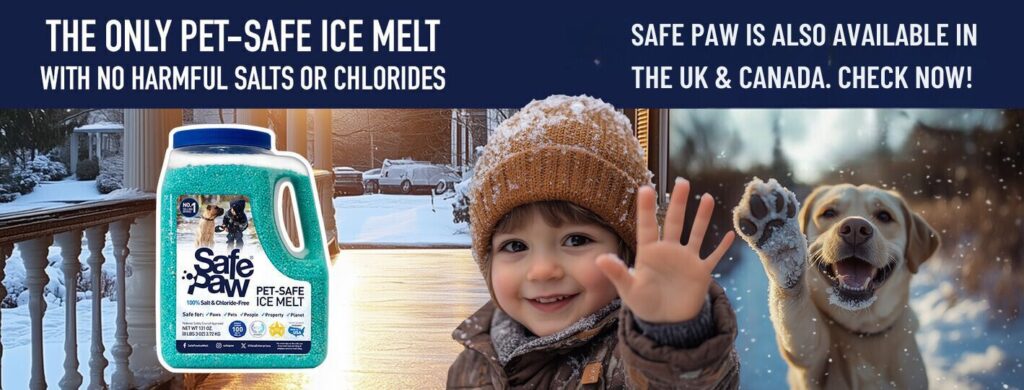
Potassium Chloride: The Milder Alternative
Potassium chloride, a milder alternative to sodium chloride, stands as a testament that even in the world of salts, there are gentle souls. While it poses a reduced environmental risk, we must remember that moderation is key to minimize potential harm.
Calcium Magnesium Acetate (Cma): The Eco-Warrior Salt Type
Next, we find calcium magnesium acetate (CMA), a unique deicing salt derived from limestone and acetic acid. Much like a considerate friend, CMA is less corrosive and gentler on vegetation. Its only downside? It may not be as efficient in bone-chilling cold.
Sodium Acetate: The Liquid Innovator
Meet sodium acetate, another ice melt salt, often seen in its liquid form. While less harmful to infrastructure and vegetation, it might struggle in extreme cold. Nevertheless, it’s an innovative approach to deicing.
Safe Paw: The Paw Ally Salt Type
Safe Paw is a salt-free ice melter, a formula with a patented blend that is customized to be both safe and effective. In fact, Safe Paw meets the strict criteria required to receive United States governmental agencies’ awards for environmental friendliness.
Potassium Acetate: The Green Alternative
Lastly, potassium acetate, commonly used where environmental concerns top the priority list. It’s an ice-melting agent with a heart, causing less damage to infrastructure and vegetation.
Deicers And Their Environmental Footprints
While these salts are superheroes in the realm of deicing, they leave behind footprints that can impact our environment. Excessive use can harm aquatic life, corrode infrastructure, and damage plants. Therefore, it’s essential to use these salts judiciously and seek environmentally friendly alternatives when possible.
To get through an icy winter, one needs ice melt for driveways, sidewalks and commercial properties. However, there is no straightforward approach to selecting the best ice melt product to use since it requires a balance between efficiency and eco-friendliness. It should be property-safe as well as pet-safe ice melt.
Driveway Considerations
Residential driveway deicers must be effective while being an environmentally friendly ice melt. Because they are part of residential areas, drainage from those melts can compromise local soil and water systems. Non-corrosive products that are also pet-safe ice melt are consequently necessary to avoid any injuries to animals or damage to the surrounding ecosystem. Sodium chloride or rock salt and traditional solutions are popular due to their low-cost nature. Nonetheless, this type can destroy concrete floors and is dangerous when consumed by domestic animals or other wild species which may cause significant environmental effects.
Sidewalk Safety
Sidewalks across public and private spaces need ice melt options that provide ultimate protection at high pedestrian traffic levels. An effective ice melt at low temperatures that is also pet-safe protects not just the surface but also the community’s four-legged members. A product must be able to remove ice at similarly freezing conditions and leave behind a surface that will not let you slide after treating it. Calcium chloride (CaCl2)and magnesium chloride (MgCl2) have lower temperature melting points than sodium chloride (NaCl); hence they are preferred alternatives for fast-acting deicers. Yet these chlorides corrode metallic fixtures and hurt vegetation. Hence, needs careful use so as not to cause detrimental results.
Commercial Property Needs
Commercial properties typically have large areas that need coverage; therefore it is important that they find an efficient way of doing things. Efficiency should never come at the expense of safety or environmental sustainability when choosing an ice melt for commercial buildings. There has been growing emphasis on pet-friendly and ecologically friendly choices in business premises due to public safety concerns as well as environmental regulations such as potassium chloride which is a milder option often blended but less effective at low temperatures and can still damage concrete or vegetation if not used properly.
Best Practices for Ice Melt Application
Application Rate: Follow the directions provided by the manufacturers so that the ice melt will not be used excessively leading to more environmental damage and added costs.
Environmental Considerations: Use ice melts that have minimal effects on the environment such as ones with high chloride levels that can diffuse into water and cause issues like algal blooms.
Surface Compatibility: make sure that the ice melt you use is suitable for the surfaces it will be applied to. For instance, newer concrete or delicate masonry may require a gentler formula to prevent etching or damage.
Safe Paw
Safe Paw offers a unique combination of being eco-friendly as well as safe contrary to traditional deicers. Its formula does not include standard urea’s nitrogen content, instead, it contains modified urea which ensures no water pollution and harm to plants. Apart from this, Safe Paw works effectively across different temperature ranges without corroding like salts thus safeguarding concrete, and metals among other surfaces. Moreover, its toxicity-free nature guarantees the safety of home animals along with wildlife making it an excellent choice within this range of products.
There are many products to choose from, but environmentally friendly ice melt like Safe Paw guarantees human safety and effective ice control during the worst winter months. Remember that when purchasing an ice melt you should be concerned not only about its immediate efficiency but also about its future impact on the environment and pets’ well-being as well as your property worth.
Gaia Enterprises Inc. delivers 100% pet-safe and environmentally friendly winter products. Safe Paw, our flagship product, is the #1 selling pet-safe ice melt that does not harm pets, safe if ingested, and safe on all types of concrete.
In Conclusion: The Deicing Dilemma
Our journey through the land of analyzing salt types ends here, having met our options: Safe Paw, sodium chloride, calcium chloride, magnesium chloride, potassium chloride, CMA, sodium acetate, and potassium acetate. These ice melt salt products each have their strengths and weaknesses, but some contribute to keeping our winters safer. As we balance their benefits against environmental impact, it’s clear that responsible deicing practices are not just desirable but essential.
Other Ice Melt Products
Traction Magic
Stay safe on slippery surfaces with a product that’s 100% natural and safe for pets, people, and your property. Use Traction Magic on sidewalks, steps, or as instant traction for your car.
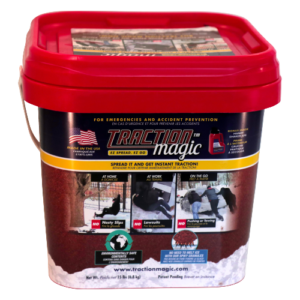
Safe Thaw
Imagine an ice melt you can put down and never worry about. It won’t harm pets, kids and your property. That’s Safe Thaw. Unlike anything else on the market, Safe Thaw can change how winter affects our planet.
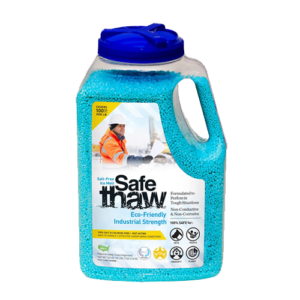
Walk On Ice
Prevent slips at home, work or on the go, The handy disposable canister can be taken everywhere, with the same 100% naturally occurring minerals that provide instant traction on ice or snow.
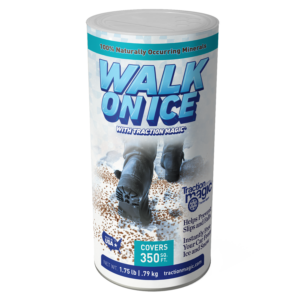
Safe Thaw
Imagine an ice melt you can put down and never worry about. It won’t harm pets, kids and your property. That’s Safe Thaw. Unlike anything else on the market, Safe Thaw can change how winter affects our planet.

